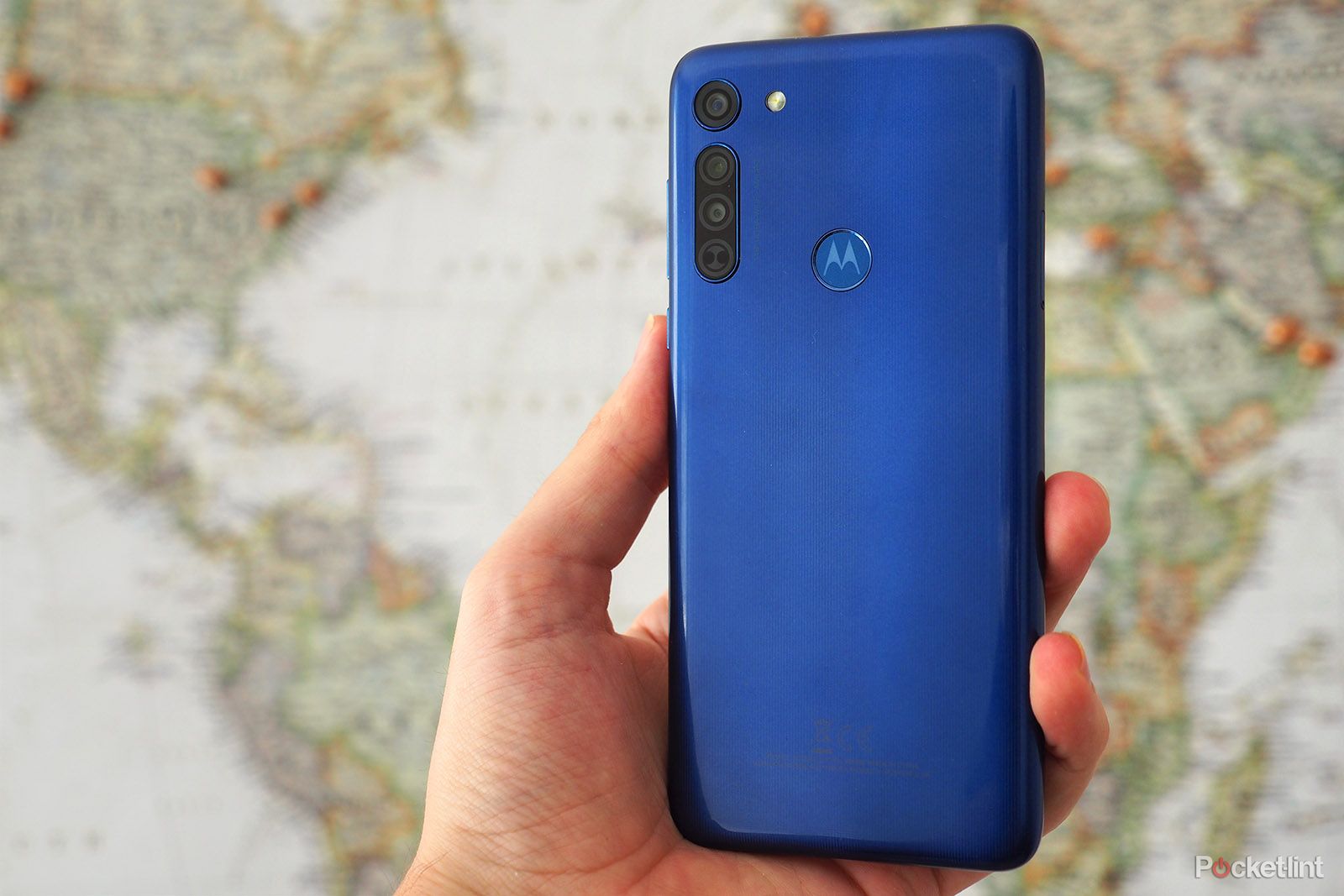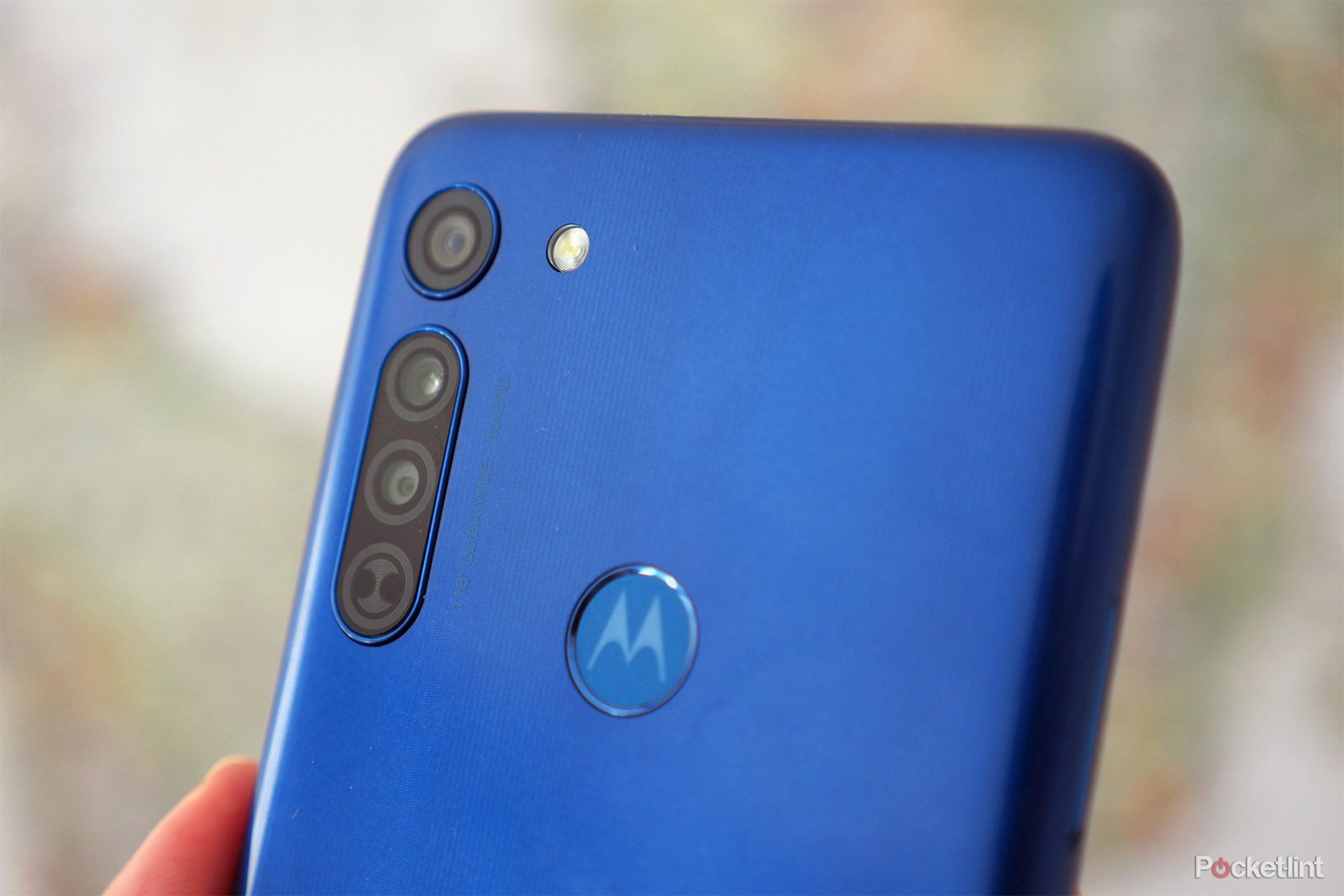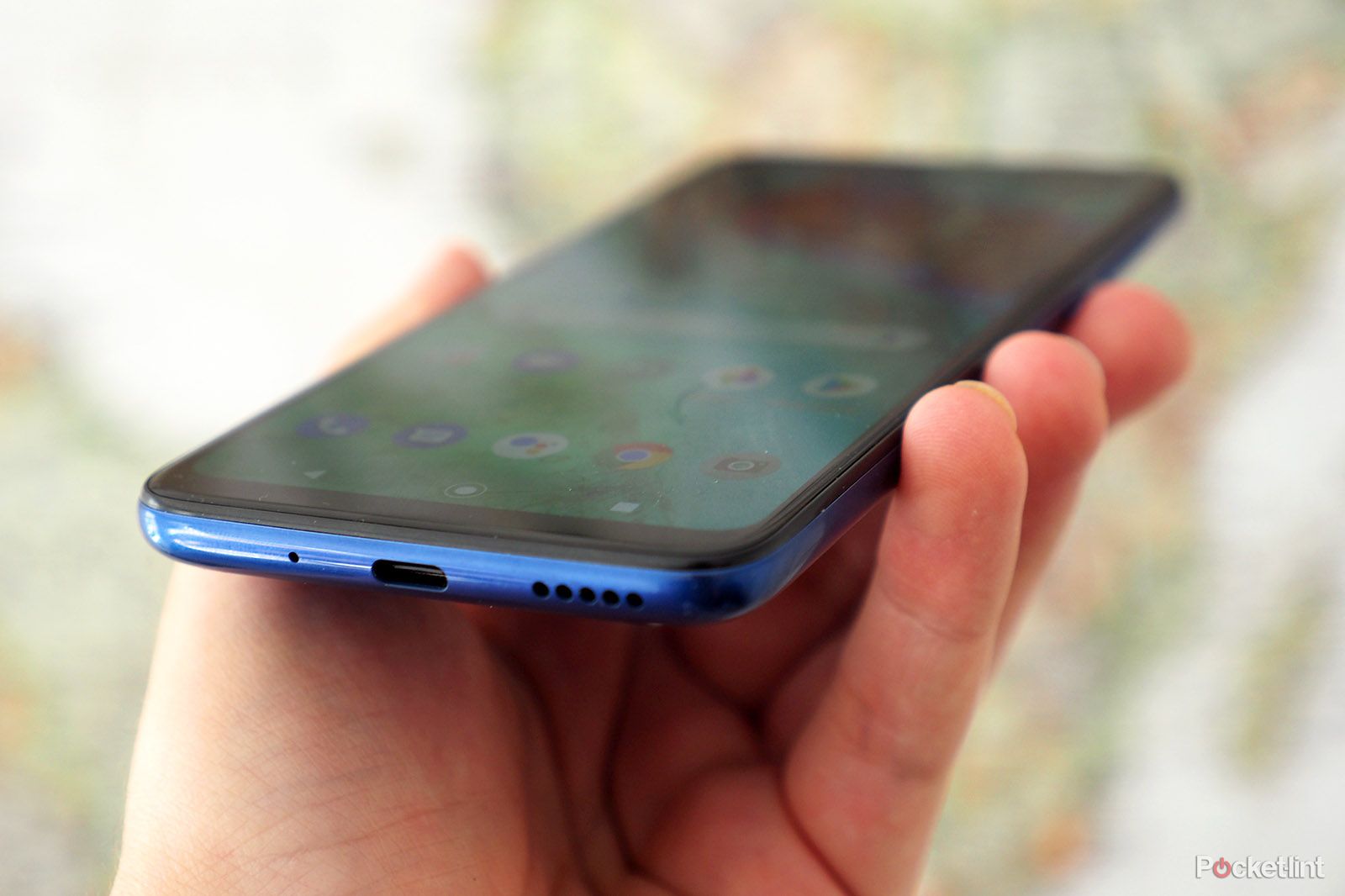There are a lot of phones in the Moto G series. Like, a whole lot. So working out which budget performer is the one for you - in addition to this G8 there's also the G8 Plus, G8 Power, the G8 Power Lite - could be somewhat taxing.
A lot of that decision, we suspect, comes down to price. And for under a couple of hundred of your local currency, it's this 'standard' G8 that will prove highly attractive. Indeed, affordable phones don't come better than this.
Our quick take
Affordable phones used to mean all kinds of compromises, but the Moto G8 shows that you can now buy on a budget without giving up some of the finesse.
Sure, don't expect the world from this device's camera setup, plus it lacks in some spec areas where its other G series models offer more - the G8 Power has more resolution and battery capacity, for example - but that's not to hold this device back. Far from it.
In short: you won't find a better affordable phone than the Moto G8. It's one smooth operator for the money.

Moto G8 - 4.5 / 5
| FOR | AGAINST |
|---|---|
|
|
Motorola Moto G8
Design & Display
- Display: 6.4-inch IPS LCD, 720 x 1560 resolution, punch-hole camera
- Dimensions: 161.3 x 75.8 x 9mm / Weight: 188g
- Finishes: Pearly White, Neon Blue
- Fingerprint scanner to rear
- 3.5mm headphone jack
Motorola has slowly but surely been refining its handsets over the years, with the G8 ditching the excessive company branding and name-splattering, with just the more subtle 'batwing' M logo on the rear, doubling-up as the area where the fingerprint scanner lives.
The Moto G8 is fairly chunky, though, on account of its significant battery capacity. There's a 4,000mAh cell driving everything behind the scenes - which is a full third more capacity than the outgoing G7 from last year. It's not quite as much as the G8 Power - which has a 5,000mAh battery - the clue there being in the name: the Power device is destined to be even longer-lasting.
As design has improved, screen bezels have been whittled down too. No, there's not the curved edge finesse of a flagship here, but gone are the days when you'd have to buy a brick with no finesse. The 6.4-inch panel might sound large, but it's perfectly manageable even with one-handed use.
The teardrop screen notch of the G7 before it has been replaced by a punch-hole for the front camera. While earlier Moto devices, such as the Moto One Vision, had massive punch-hole solutions, the G8's is overall neater neater. Although we think the earlier teardrop nothc was actually the preferable solution.
It's in the resolution department where the G8 holds back a little. That's a defining factor of this handset compared to those that cost a little more in the range. The resolution might be called HD+, but we're talking a stretched 720p panel - like when TVs came out years ago and were called "HD Ready". Fewer pixels in your face doesn't mean a bad experience by any means though: the G8 provides a bright enough and neutral colour balance (it's less yellow than our OnePlus 8, as it happens).
The G8 also includes some desirables that higher-end handsets tend to omit: there's a 3.5mm jack for your headphones, for example, while the SIM slot is large enough for two cards (or use one for microSD storage expansion up to 256GB - which you might need, given the 64GB on-board memory found here). However, there's no NFC (Near Field Communication), so while there is Bluetooth for broadcasting to wireless headphones and the like, there's no way this phone can be used for payments using Google Pay.
Performance & Battery
- Processor: Qualcomm Snapdragon 665, 4GB RAM
- Software: Android 10 operating system, Moto app
- Battery: 4,000 mAh, USB-C charging (10W)
When dealing with budget phones you might not expect great performance, but actually we've found the G8 to stand in rather well as our day-to-day device. It's got the same chipset and RAM as per the G8 Power, thus our experience has been one and the same.
No, it's not a flagship with the whizziest processor, but the Snapdragon 655 from Qualcomm is good enough for handling multiple apps and good enough for some gaming too. Don't overload it with dozens of apps, but we've been jostling between Gmail and South Park: Phone Destroyer without issue.
When it comes to longevity, the G8 does a sterling job here too. It's a flip-the-coin consideration as to whether you buy this handset, though, or spend an extra fifty notes buying the G8 Power, which has a 25 per cent battery capacity boost, faster charging, and a higher-resolution screen to boot.
Whichever makes best sense for your needs, however, the G8's battery easily skirts through 24 hours of use with ease. We'd say the G8 Power probably delivers around a 20 per cent longevity boost overall. But with the G8 running fully loaded we've always been making it to bed with over 30 per cent battery life remaining.
Although we're certainly dealing with no flagship handset here, it's still a capable device. As we've levelled at other lower-end Motorola phones, however, the Wi-Fo connectivity is slow, so documents and apps can take longer to download. There's no NFC, as we've mentioned. And the 64GB storage on board is hardly huge. None of which are write-off problems by any means.
In terms of software, the G8 Power comes with Google's Android 10 operating system. That means gesture control is the default, ensuring the small-bezel screen can look its best without virtual keys in the way. These may take a little getting used to, but it works smoothly once you're up to speed. If you don't like it, however, the typical three softkey control mechanism is available too - and that's easy to activate when setting up the phone, or later down the line.
Motorola is also on point when it comes to leaving software largely uninterrupted too. There is one app - called Moto - which handles a few additional controls though: Actions, Display, Gametime. That covers physical actions, such as karate chop for the torch to come on; the peek display to show notifications; and offering detailed DND controls during gaming sessions. All positive stuff.
Cameras
-
Triple rear camera
- Main: 16-megapixel, f/1.7 aperture, 1.12µm pixel size, phase-detection autofocus (PDAF)
- Wide: 8MP, f/2.2, 1.12µm
- Macro: 2MP, f/2.2
- Seflie camera: 8MP, f/2.0
It's rare to find a phone with fewer than one rear camera these days. The Moto G8 is playing the same game, as it delivers a main 16-megapixel camera, alongside a wide-angle offering, and a third lens used for macro/depth.
First, the bad news: the ultra-wide sensor here isn't up to scratch. It performs poorly in general, failing to deliver sharp images, while its low-light abilities are also poor. It can be handy for the odd snap but, ultimately, we'd avoid using this lens.
The macro lens is, as far as we can tell, only present to tick the 'triple camera' box. Its results are poor, you have to activate the mode manually anyway and, frankly, we'd forget about this existing.
On the flip side to that, however, the main camera is pretty good - especially for a phone so affordable. There's ample sharpness and the camera app is, in good light response to use.
However, there are fewer modes available overall - no fancy night capture mode here, for example - and there's some peculiar processing going on too. For low-light images sometimes the results are all smeary, sometimes they show a lot more image noise; there are also peculiar pathes and blobs where the system thinks its intelligently smoothing an area out, but is doing so ineffectively.
The big take-away from this camera setup is two fold: first, it's trying too hard, the ultra-wide and macro lenses are of limited use here; second, the main camera is perfectly reasonable - and we'd prefer this to be the only lens on the rear if it meant more money-saving, leaving the multi-camera offerings for the pricier handsets in the G series line-up.
Motorola Moto G8
To recap
If you're on a budget then we can think of nothing better to buy outright. The extra cameras aren't up to much, but in terms of smooth operability and longevity there's no holding this Moto G back.


